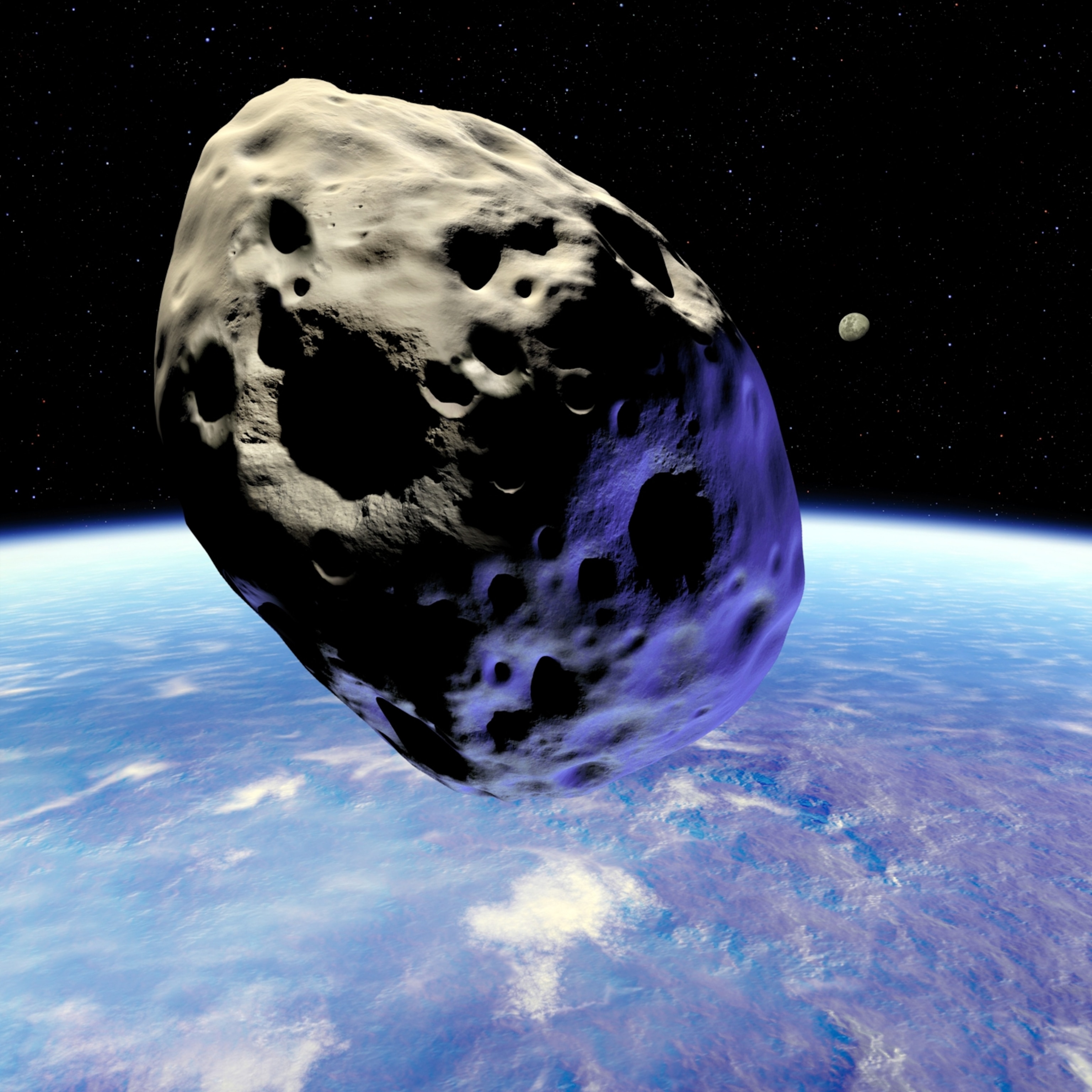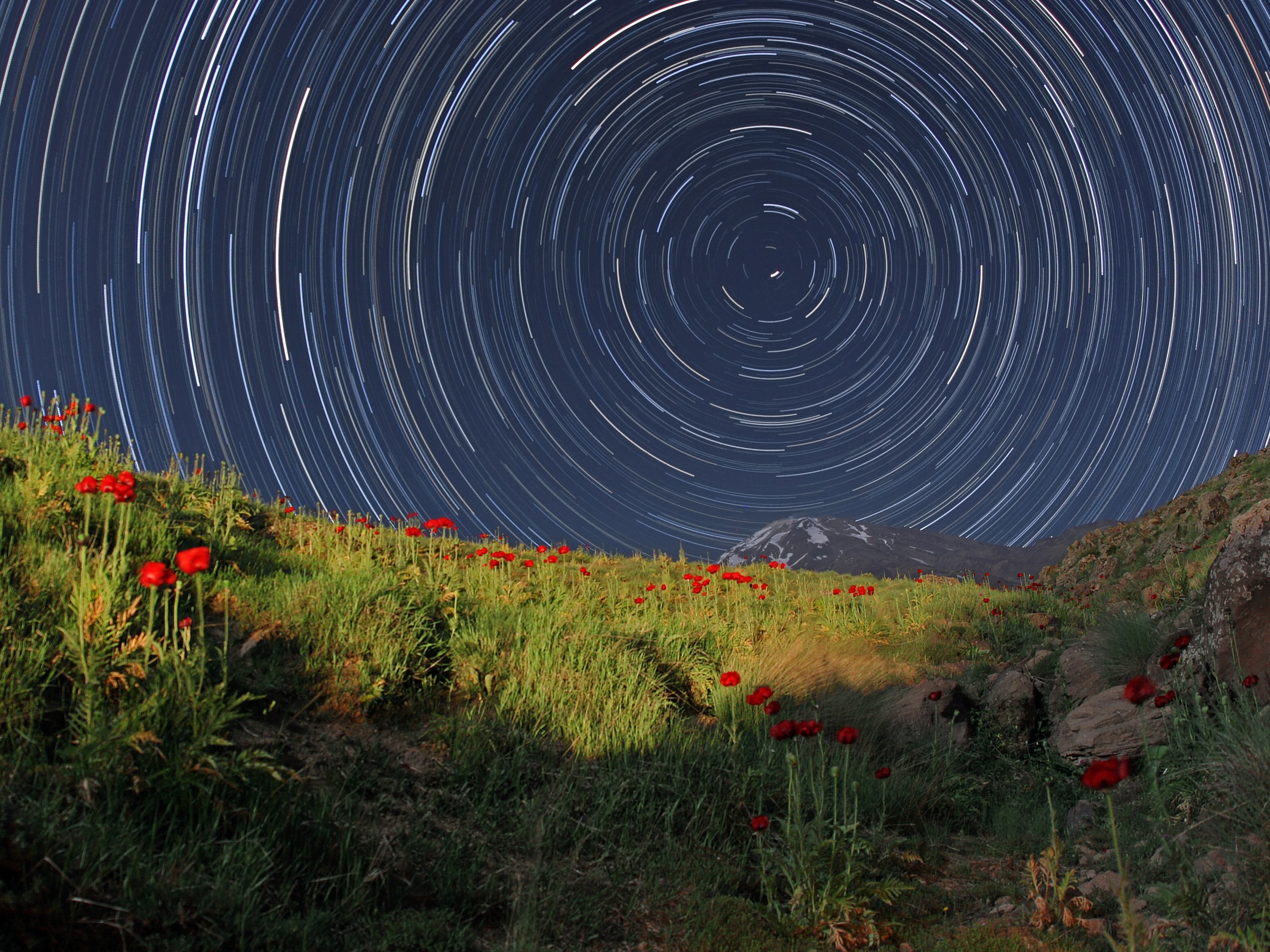
Big volcanic bump unlike anything seen before found on the moon
Scientists scouring the lunar surface for clues to past impact rates found a bonus feature that has geologists "thoroughly confused."
Sometime after the solar system formed 4.6 billion years ago, a projectile slammed into Earth’s youthful moon and formed the 620-mile-wide basin known as the Crisium basin. No one knows exactly when this impact happened, but for decades scientists have been trying to solve the puzzle as part of a larger debate over whether the moon and, by proxy, Earth endured a period of frenzied meteor bombardment in their early histories.
Now, scientists scouring the region say they’ve spotted a crater within the basin that appears to contain pristine impact melt, a type of volcanic rock that can act like a definitive geologic clock. If future astronauts or a robot could obtain a sample and tease out its age, that may help reveal what was happening on Earth during the primordial period when life first emerged on our planet.
And, as an added bonus, the discovery comes with an intriguing mystery: The basin also holds a geologic blister the size of Washington, D.C., that’s unlike anything else seen in the solar system. As the team reports in an upcoming paper in the Journal of Geophysical Research: Planets, this volcanic lump appears to have been inflated and cracked by peculiar underground magmatic activity that the researchers can’t currently explain.
“I’m thoroughly confused by it,” says Clive Neal, an expert in lunar geology at the University of Notre Dame who was not involved with the new research.
Dating an apocalypse
Our record of past impacts on Earth is spotty, largely because environmental weathering and the constant churn of plate tectonics erase the evidence. By contrast, the airless and inactive moon preserves billions of years’ worth of craters stacked on top of craters. In this way, our orbital companion offers an indirect record of impact events in our planet’s past. (During a recent lunar eclipse, astronomers witnessed the moment a meteor hit the moon.)
Among other puzzles, knowing what was happening to Earth so long ago matters to researchers trying to understand the origins of life. While scientists still debate the age of the oldest known fossils, various proposed examples date back to between 3.5 billion and 4.28 billion years ago. In a perplexing coincidence, evidence from the moon suggests that this is when early Earth was being pelted by leftover pieces from the formation of the solar system.
The Apollo missions and several of the Soviet Union’s robotic expeditions brought back rock samples from lunar basins and large craters on the moon’s near side, which researchers used to date the various impact events. Many of these rocks yielded ages clustered between 3.8 and four billion years, suggesting that there was a spike in the already high number of impacts on the moon. This 200-million-year-long window came to be known as the Late Heavy Bombardment.
However, recent rethinks have brought many of those basin ages into doubt. The source of many of those lunar samples are unclear, with several now thought to have been ejected from certain basins and thrown into others, giving scientists false ages. And if there was a spike 3.9 billion years ago, as the Apollo-era samples suggest, then it is difficult to explain why there was a quiet period of almost 700 million years after the solar system formed.
“Given that the Late Heavy Bombardment is now looking shakier and shakier, it's critical that we determine whether those giant lunar impacts really did form at around the same time,” says Paul Byrne, a planetary scientist at North Carolina State University who was not involved with the work.
Only one lunar basin, Imbrium, is generally agreed to be well dated at 3.9 billion years old, says Bill Bottke, a planetary scientist and asteroid expert at the Southwest Research Institute in Boulder, Colorado, who was not involved with the new work. More precise basin ages, obtained from their impact melt, are needed to say whether the ancient spike was genuine. And that’s where Crisium basin comes in.
The sea of crises
A year before he died, renowned lunar scientist Paul Spudis published a paper that proposed Crisium basin contained slivers of its original impact melt, so Moriarty and his colleagues decided to use lunar orbiter data to try and find it. Determining that the purest impact melt was magnesium-rich, they perused the basin for that element’s distinctive spectral signature.
The original impact that formed Crisium basin was so powerful that it created a melt sheet up to 9.3 miles thick. Inconveniently, though, profuse eruptions of lava began to flood the basin beginning roughly 3.6 billion years ago, forming a wide volcanic sea—also known as Mare Crisium, or the Sea of Crises—that covered up much of the original impact melt. (Find out about a mysterious mass found lurking in the moon’s south polar region.)
Luckily, previous mapping had revealed that this scenario permitted “islands” of rock within the lava-filled basin, known as Kīpukas, to survive. On Earth and elsewhere on the moon, Kīpukas are essentially bits of elevated land surrounded by younger, cooled lava, and the team reasoned that these may be places where the Crisium impact melt was still exposed.
As the team examined the region, one Kīpuka stuck out—literally. The city-size lunar lump was oddly raised and cracked like an eggshell, and it sat unbounded by any other landforms.
Looking closer, a small crater on this Kīpuka revealed that much of it was made of frozen volcanic rock. The best origin story the team could think of was that the cracked lump was pushed upward by subsurface volcanic activity of some kind. But for now, the feature is a mystery. What’s more, although it contains some impact melt, the rocks are pretty mangled, so the team had to keep looking for better windows into the moon’s impact history.
Mountain of frozen fire
Fortunately, they found a strong magnesium signature in the 22-mile-wide Yerkes Crater, which is nestled inside Crisium basin. The impact was powerful enough to form what’s known as a central peak, made from debris that flowed like a fluid and then solidified into a mound in the middle of the crater. Its spectral fingerprints suggest that this spire kept plenty of Crisium impact melt out of reach of the lava sea that would eventually flood the basin’s floor.
There is a chance that this impact melt came from Yerkes’s own formation and not the bigger one that made the Crisium basin, says Neal. But if the team is correct, a mission to Yerkes may definitively tell us the age of a second lunar basin. If it is 3.9 billion years old, like Imbrium, that supports the idea of an ancient spike in meteor impacts. If it’s much older, though, that suggests the ginormous impacts were more spread out over time.
In the case of a more distributed meteor rainstorm, only parts of Earth would have become biological wastelands. But a concentrated spike may have totally melted the planet’s crust and filled the atmosphere with silicate vapors, says study coauthor Dan Moriarty, a lunar geologist at NASA’s Goddard Space Flight Center. If that happened when life first arose, he says, then it is truly remarkable living things exist on Earth at all.
So, while the results of this survey offer some insight, until we pay Crisium and the moon’s other basins a visit, the solar system’s earliest days will likely remain mysterious.








